Stressing about drainage, building bed, etc.
editornj
15 years ago
Related Stories
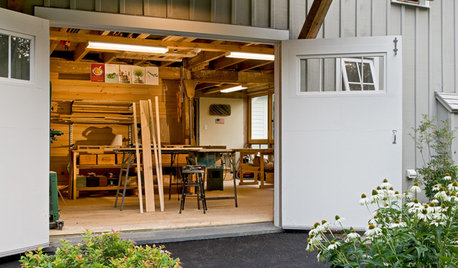
LIFEStressed Out? Try Hitting the Woodshop
Building things with your hands just might boost your mood while giving you personal new pieces for your home
Full Story
HOLIDAYSSet the Scene for a Stress-Free Holiday Visit
Put your guests at ease and take the pressure off hosting by prepping your space with psychology in mind
Full Story
CONTRACTOR TIPSBuilding Permits: What to Know About Green Building and Energy Codes
In Part 4 of our series examining the residential permit process, we review typical green building and energy code requirements
Full Story
TRANSITIONAL HOMESHouzz Tour: Stress-Free Style in Dallas
This family home blends practicality, personality and prettiness in one package
Full Story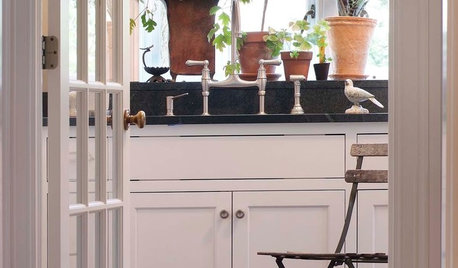
HEALTHY HOMEDecorate With Intention: Let Your House Help You De-Stress
Break free of automatic TV time and learn how to really unwind and recharge with these easy ideas that don't cost a dime
Full Story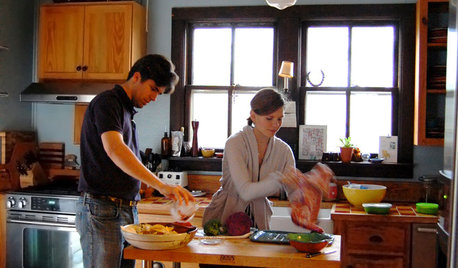
ENTERTAINING8 Stress-Busting Tips for Hosting Small Gatherings
Make entertaining easy with these ideas for casual get-togethers
Full Story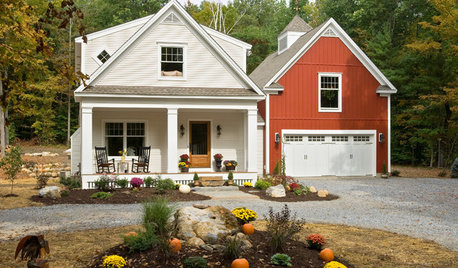
HOLIDAYSYour Guide to Stress-Free Thanksgiving Prep
We break down shopping, cleaning and cooking into manageable bites so you can actually enjoy yourself
Full Story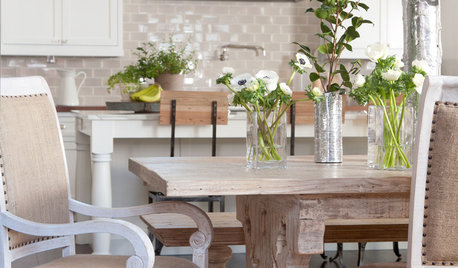
ENTERTAINING10 Tips for Stress-Free Holiday Hosting
Simple steps to make sure entertaining is easy — and fun — from prep to cleanup
Full Story
HEALTHY HOMEWhat to Know About Controlling Dust During Remodeling
You can't eliminate dust during construction, but there are ways to contain and remove as much of it as possible
Full Story
GARDENING GUIDESNew Ways to Think About All That Mulch in the Garden
Before you go making a mountain out of a mulch hill, learn the facts about what your plants and soil really want
Full Story


Dan _Staley (5b Sunset 2B AHS 7)
tapla (mid-Michigan, USDA z5b-6a)
Related Discussions
Building garden bed - What to do about old mulch?
Q
Building a raised bed - need for drainage?
Q
Post here if building is stressing you out!!!
Q
Building a home, questions about land as equity, down payment, etc.
Q
Dan _Staley (5b Sunset 2B AHS 7)
tapla (mid-Michigan, USDA z5b-6a)
Dan _Staley (5b Sunset 2B AHS 7)
tapla (mid-Michigan, USDA z5b-6a)
Dan _Staley (5b Sunset 2B AHS 7)
editornjOriginal Author
Dan _Staley (5b Sunset 2B AHS 7)
tapla (mid-Michigan, USDA z5b-6a)
Dan _Staley (5b Sunset 2B AHS 7)
tapla (mid-Michigan, USDA z5b-6a)
engineeredgarden
tapla (mid-Michigan, USDA z5b-6a)
Dan _Staley (5b Sunset 2B AHS 7)
Dan _Staley (5b Sunset 2B AHS 7)
tapla (mid-Michigan, USDA z5b-6a)
Dan _Staley (5b Sunset 2B AHS 7)
tapla (mid-Michigan, USDA z5b-6a)
jleiwig
engineeredgarden
tapla (mid-Michigan, USDA z5b-6a)
engineeredgarden
jleiwig
sinfonian
Dan _Staley (5b Sunset 2B AHS 7)
jleiwig
jbest123
Dan _Staley (5b Sunset 2B AHS 7)
jbest123